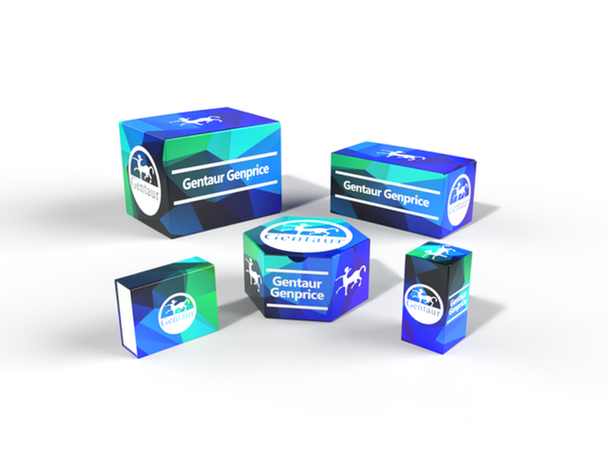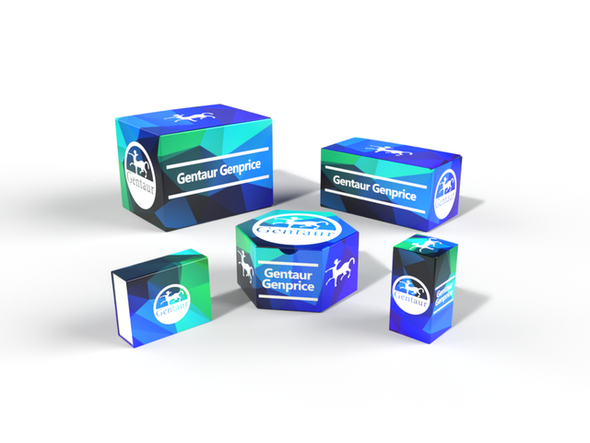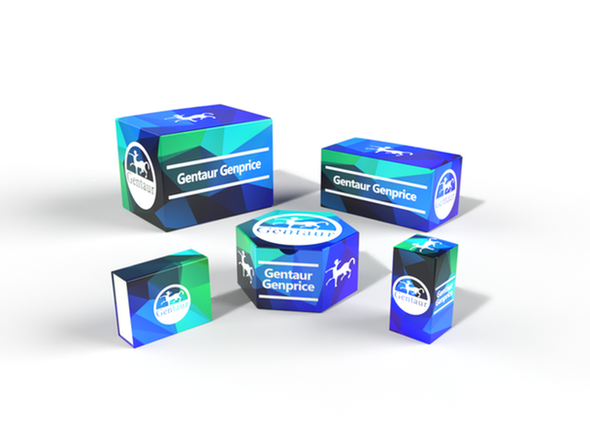Description
AMH Antibody | 64-198 | Gentaur UK, US & Europe Distribution
Host: Rabbit
Reactivity: Human, Mouse
Homology: N/A
Immunogen: This AMH antibody is generated from rabbits immunized with a KLH conjugated synthetic peptide between 424-451 amino acids from the Central region of human AMH.
Research Area: Cell Cycle, Signal Transduction
Tested Application: WB, IHC-P, Flow
Application: For WB starting dilution is: 1:2000
For IHC-P starting dilution is: 1:10~50
For FACS starting dilution is: 1:10~50
Specificiy: N/A
Positive Control 1: N/A
Positive Control 2: N/A
Positive Control 3: N/A
Positive Control 4: N/A
Positive Control 5: N/A
Positive Control 6: N/A
Molecular Weight: 59 kDa
Validation: N/A
Isoform: N/A
Purification: This antibody is purified through a protein A column, followed by peptide affinity purification.
Clonality: Polyclonal
Clone: N/A
Isotype: Rabbit Ig
Conjugate: Unconjugated
Physical State: Liquid
Buffer: Supplied in PBS with 0.09% (W/V) sodium azide.
Concentration: batch dependent
Storage Condition: Store at 4˚C for three months and -20˚C, stable for up to one year. As with all antibodies care should be taken to avoid repeated freeze thaw cycles. Antibodies should not be exposed to prolonged high temperatures.
Alternate Name: Muellerian-inhibiting factor, Anti-Muellerian hormone, AMH, Muellerian-inhibiting substance, MIS, AMH, MIF
User Note: Optimal dilutions for each application to be determined by the researcher.
BACKGROUND: Anti mullerian hormone (AMH) is a member of the TGF beta superfamily. It is secreted as a homodimeric 140kD disulphide linked precursor that is cleaved to release the mature 30kD homodimer. Originally classified as a foetal testicular hormone that inhibits Mullerian duct development, AMH is expressed post natally by immature Sertoli cells, and to a lesser degree by granulosa cells. AMH plays a role in testicular differentiation and in the regulation of ovarian follicle growth.






